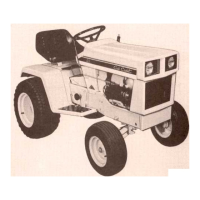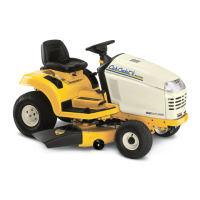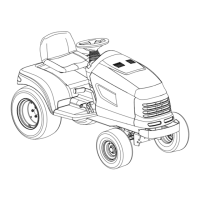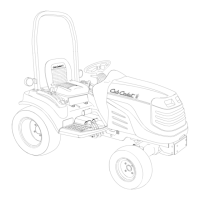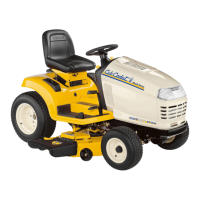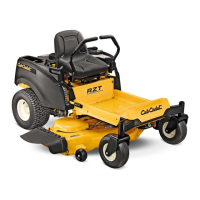ELECTRICAL SYSTEM
119
4. Checking battery condition: There are three
things to do when testing a battery:
• Visual inspection
• Electrolyte test
• Operational test
Visual inspection
• Inspect the battery and battery connections for
corrosion. Clean if necessary. Neutralize acid
with baking soda, and protect the terminals once
they are cleaned.
NOTE: Battery cable corrosion is the most com-
mon type of increased resistance circuit failures.
• Inspect the battery case for signs of damage and
missing vent caps. Battery cases that bow out in
the middle indicate that the battery froze or over
heated and should be replaced.
• Check the electrolyte level if the caps can be
removed. Fill as needed with distilled water.
After initial charging, do not add electrolyte to
the battery.
Electrolyte test
There are two ways to test a batteries electrolyte”
1. Electrolyte test using a Specific Gravity tester
(hydrometer) to compare the density of the elec-
trolyte in a fully charged battery to the density of
water (water = 1.0 s.g.).
1a. Hydrometer test (non-sealed batteries
only) See Figure 7.40.
CAUTION: Always wear eye protection and acid
resistant gloves when working with electrolyte.
Use baking soda to neutralize any spilled acid.
Figure 7.40
Hydrometer
1b. Give the battery at least ten minutes for the
electrolyte to stabilize after charging the
battery or adding water to the cells.
1c. Measure the temperature of the electrolyte
in the middle cells of the battery.
1d. Squeeze the bulb on the hydrometer, then
insert the hose into the cell.
1e. Release the bulb, drawing electrolyte into
the hydrometer to the fill line.
IMPORTANT: Hold the hydrometer straight up
and down when drawing up the electrolyte. The
float needs to float free, not rubbing against the
sides of the hydrometer.
1f. Write down the specific gravity of each cell.
1g. The readings must be corrected for the
temperature of the electrolyte. The
hydrometer manufacture should list the
temperature the float is calibrated to. Most
are calibrated to 80
o
. To correct the read-
ing, add .004 to the reading for every 10
o
above the calibrated temperature or sub-
tract .004 for every 10
o
below the cali-
brated temperature.
1h. Compare the reading to the chart.
2. Electrolyte test using a Refractometer to check
the density of the electrolyte by measuring the
degree to which light waves bend when passing
through the electrolyte.
IMPORTANT: To prevent damage to the charg-
ing system disconnect the battery to charge it.
NOTE: If battery needs to be charged, let battery
sit for ten minutes to stabilize after charging.
Apply a load to the battery for 15 seconds to
remove the surface charge. Then re-check the
battery.
Specific Gravity Charge Condition
1.265
Fully Charged
1.225
75% Charged
1.190
50% Charged
1.155
25% Charged
1.12
Fully Discharged
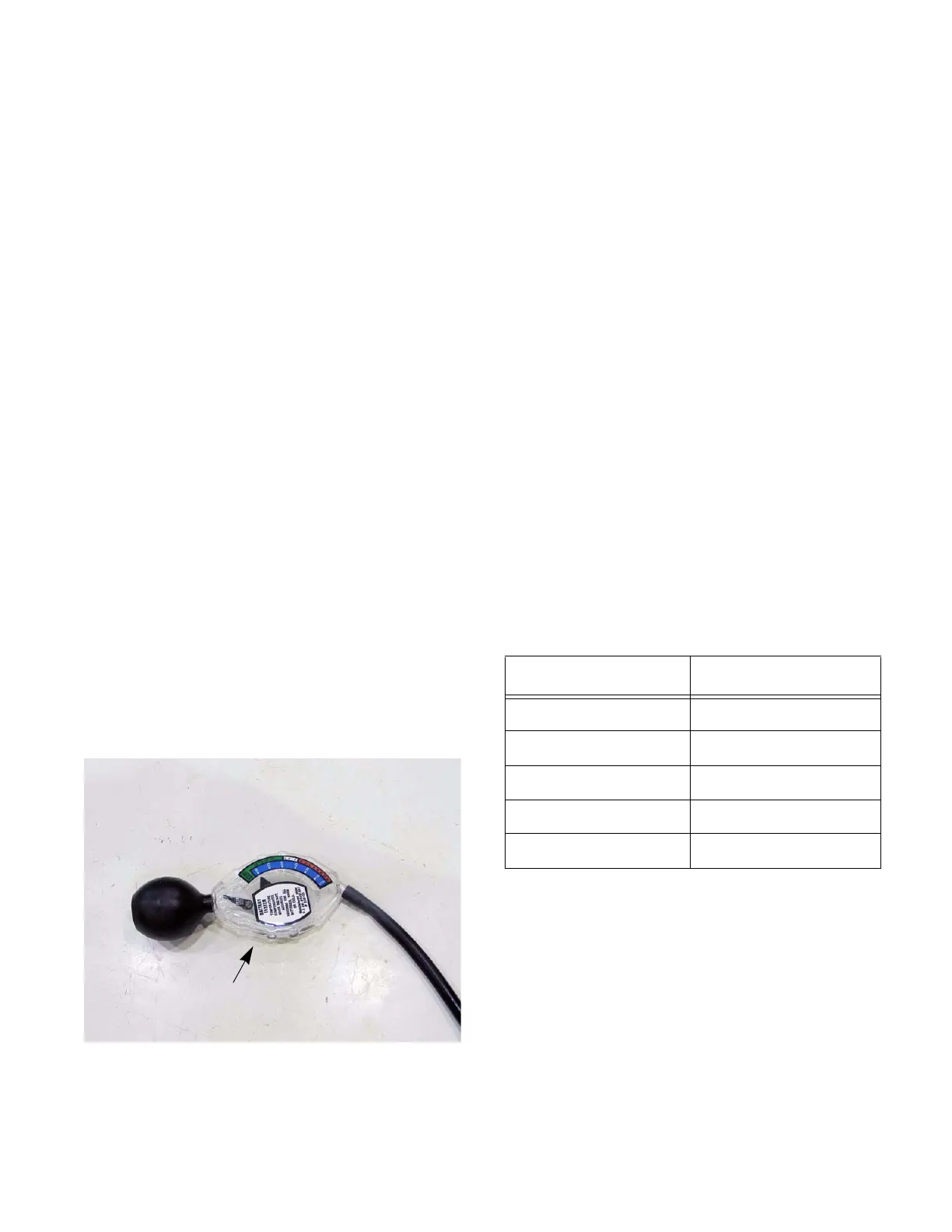